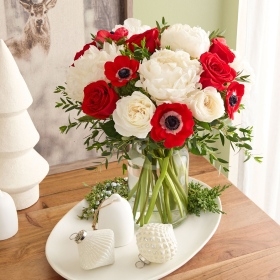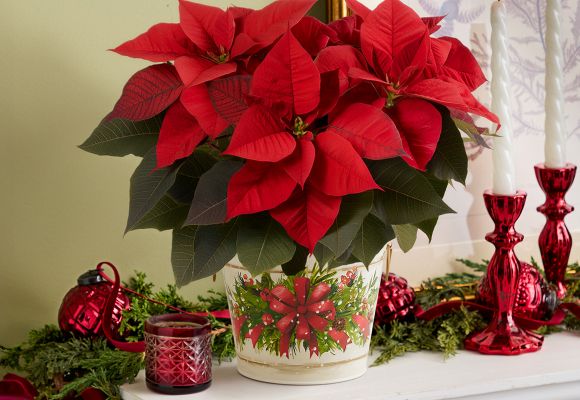- Signature Collections
- More Ways to Shop
 Peonies >
Peonies >
- Occasions
- Lifestyle
 Christmas Plants >
Christmas Plants >
- Keepsakes & Personalized
 Christmas Gift Baskets >
Christmas Gift Baskets >
Don't have an account?
Click HereCarnation flowers have been a timeless symbol of love and devotion. Pink carnations express gratitude, while white carnations convey luck. We offer delightful carnation bouquets in a variety of colors for a carnation delivery right to their door!
Enter Delivery Zip Code or Address*
Location Type:

SHOP SEASONAL FLOWERS
Carnations are timeless flowers with a rich history and cultural significance. As part of the dianthus family, carnation flowers derive their name from the Greek words dios (divine) and anthos (flower) and have been cultivated for over 2,000 years. From carnation bouquets celebrating Mother’s Day to sympathy arrangements and romantic gestures, these blooms remain a floral favorite across all occasions.
Pink Carnations
Symbolize maternal love and gratitude. Pink carnation bouquets are a top choice for Mother’s Day, baby showers, and appreciation gifts.
Red Carnations
Convey admiration and deep affection. A common choice for romantic occasions like anniversaries, birthdays, or Valentine’s Day. A subtle way to remind someone how much you love and appreciate them.
White Carnations
Represent remembrance, luck, and sincerity. Suitable for sympathy arrangements, wishing someone good luck, or just as a gesture of support and goodwill.
Purple Carnations
Associated with creativity and spontaneity. A bold option for someone with a unique or vibrant personality.
Blue Carnations
Suggest calm, clarity, and peace. Popular in spas, bathrooms, or for recipients needing rest and relaxation. The perfect flower to represent unwinding after a long day.
Green Carnations
Is the color to represent good health and renewal. Perfect for a St. Patrick’s Day arrangements or as a cheerful get well gift, or just as a sign of good fortune.
Yellow Carnations
Historically the yellow shades of the flowers were representative of disappointment, or despair. In modern times however, the Yellow Carnation has grown to be closer to the likes of being cheerful, bright, and full of life. The perfect color to add some zest and brightness to a carnation bouquet.